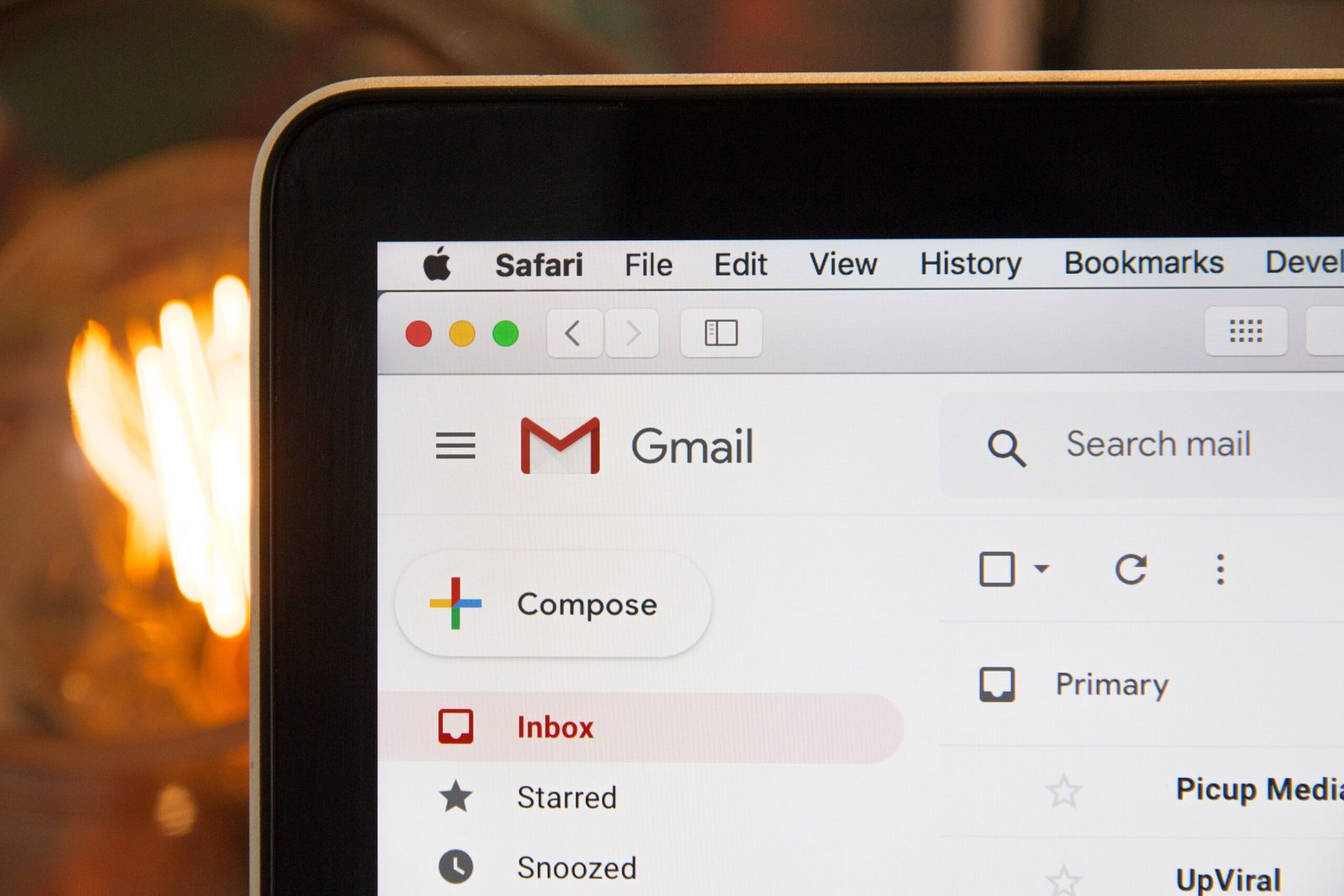
Introduction
Email has become an integral part of our lives, allowing us to communicate and share information quickly and efficiently. But have you ever wondered about the history and evolution of this ubiquitous tool? In this article, we will take a journey through time to explore the fascinating story behind email.
The Birth of Email
The origins of email can be traced back to the early 1970s when Ray Tomlinson, a computer engineer, made a groundbreaking discovery. He realized that he could send messages between computers using the @ symbol to separate the user name from the host name. This simple innovation laid the foundation for the modern email system we know today.
Email Goes Public
In the late 1970s and early 1980s, email started to gain popularity among universities and government organizations. The development of protocols such as SMTP (Simple Mail Transfer Protocol) and POP (Post Office Protocol) made it possible for different computer systems to communicate with each other, further expanding the reach of email.
The Rise of Web-Based Email
With the advent of the World Wide Web in the 1990s, email underwent a significant transformation. Web-based email services like Hotmail and Yahoo Mail allowed users to access their emails from any computer with an internet connection. This convenience and accessibility propelled email into the mainstream, making it an essential communication tool for millions of people worldwide.
Email in the Modern Age
As technology advanced, so did email. The introduction of smartphones and mobile devices revolutionized the way we interact with our emails. With the rise of mobile email clients, such as Apple Mail and Gmail, people could now send, receive, and manage their emails on the go.
Email Security and Spam
As email usage increased, so did the need for better security measures. Spam, phishing attempts, and email scams became a significant concern. To combat these issues, email providers implemented various security features, such as spam filters and two-factor authentication, to protect users’ accounts and information.
The Future of Email
With the rise of instant messaging and social media platforms, some have questioned the future of email. However, email continues to evolve and adapt to the changing needs of users. Integration with other communication tools, such as video conferencing and document collaboration, has made email even more versatile and indispensable.
Conclusion
The history and evolution of email have been marked by significant milestones and innovations. From its humble beginnings as a simple messaging system to its current status as a vital communication tool, email has come a long way. As we move forward, it will be fascinating to see how email continues to evolve and shape the way we connect and communicate in the digital age.
So next time you send an email, take a moment to appreciate the rich history behind this seemingly ordinary tool. It is a testament to human ingenuity and the power of technology to transform the way we communicate.